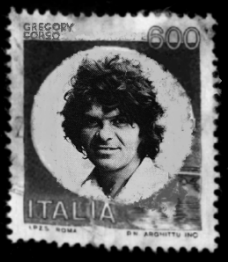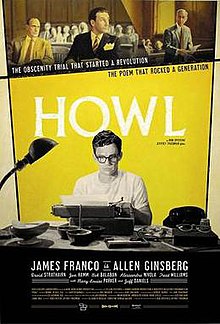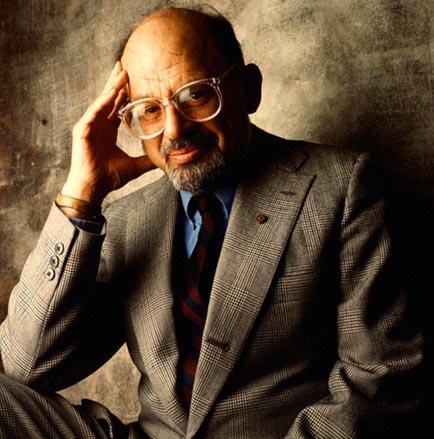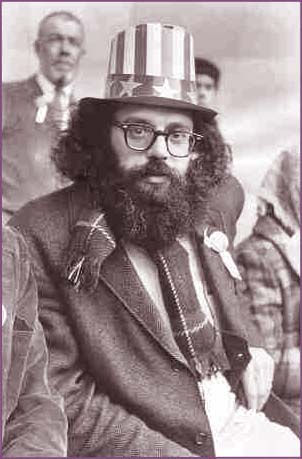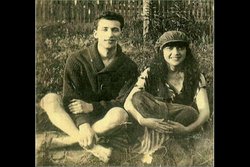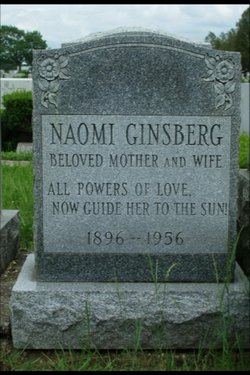Throughout the quarter, we've lamented both the absence of female authors and lead characters in the various Beat Generation writings we've been reading, along with the general attitudes exhibited towards women, which have ranged from indifference and neglect to outright misogyny. It's true that the Beat 50s and 60s were very phallocentric times, but in the decades since then many female voices have stepped forward to assert their important place in this time period — not just as wives, girlfriends and enablers, but also as writers. Chief among these revisionist historians is Joyce Johnson, whose National Book Critics Circle Award-winning memoir, Minor Characters (1983) is an important document of the Beat Generation's heyday from a female perspective.
A close friend of Allen Ginsberg's in New York City, Johnson (née Glassman) was set up with Jack Kerouac on a blind date by the poet, largely because he thought that she'd take good care of him. Only in her early twenties, she did just that for a few years, which coincided with the publication of On the Road and Kerouac's uneasy rise to international fame (or infamy). That's what a key portion of the book is about, however it's a terrible injustice to Johnson to treat her like some mere groupie — while she had famous friends, Minor Characters is far more importantly a story of how a woman might seek (and find) the same sort of ideological, spiritual, literary and sexual freedom that Beats did. Along the way, you'll also meet a few of her closest female friends, including Elise Cowan and Hettie Jones, who sought similar achievements, with varying levels of success. While most of our readings for our last week will be in Minor Characters, I'll provide a few supplemental texts from these women, as well as Carolyn Cassady (Neal's long-suffering wife Evelyn from On the Road).
Here's our schedule for the week:
Tuesday, March 8:
Thursday, March 10:
Here's our schedule for the week:
Tuesday, March 8:
- Joyce Johnson, Minor Characters, Foreword (xxxi) plus chapters 1-9 (1-158)
- Ann Douglas, "Strange Lives, Chosen Lives: The Beat Art of Joyce Johnson" (xiii)
- Joyce Johnson, "Beat Queens: Women in Flux" [link]
Thursday, March 10:
- Minor Characters, chapters 10-15 (159-262)
- Hettie Jones, "Babes in Boyland" [link]
Recommended additional texts (particularly if you're doing the final essay on Women and the Beats):
- Carolyn Cassady, "from Off the Road" [link]
- Hettie Jones, "from How I Became Hettie Jones" (excerpt 1) [link]
- Hettie Jones, "from How I Became Hettie Jones" (excerpt 2) [link]
And for those of you interested in more background info on Johnson, here are a few links to recent interviews:
Note: for those of you who want to cite the PDFs in your final essay, both "Babes in Boyland" and "Beat Queens: Women in Flux" are taken from The Rolling Stone Book of the Beats, ed. Holly George-Warren (Hyperion, 1999); the Carolyn Cassady excerpt and first Hettie Jones excerpt are from The Portable Beat Reader, ed. Anne Charters (Penguin Books, 1992) and the second Jones excerpt is from The Portable Sixties Reader, ed. Anne Charters (Penguin Books, 2002).


